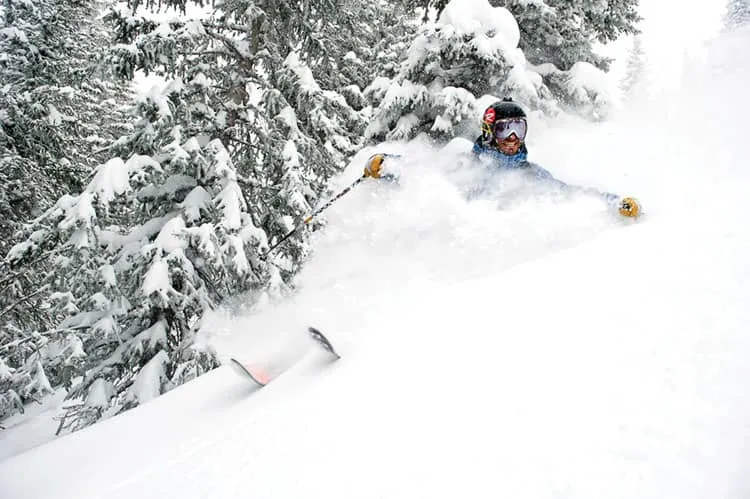Editorial: Addressing wildfires requires tough decisions to mitigate devastation
Wildfires that have devastated western forests in 2020 provide a sobering reality check for the region and — perhaps — a sign of things to come.
Most states in the West are experiencing high levels of fire activity, with California this year witnessing five of the biggest wildfires on record. Already this year, Colorado has seen three fires that on their own would have set records in terms of their size.
- The Pine Gulch Fire in western Colorado north of Grand Junction, at more than 139,000 acres burned, surpassed the previous record holder, the Hayman Fire of 2002, which burned about 138,000 acres.
- But that record was shattered by the Cameron Peak Fire, which now totals about 209,000 acres in Larimer and Grand counties, and by the East Troublesome Fire over those same counties, now at about 194,000 acres.
Even the CalWood Fire in Boulder County set a record for that county, at more than 10,000 acres.
SPONSORED CONTENT
Evacuation of communities such as Granby, Grand Lake and Estes Park demonstrate the direct impact on people’s lives and businesses, as does the destruction of hundreds of homes and further blows to a tourism industry already reeling from the COVID-19 pandemic.
So what can be done?
Make no mistake: Climate change has played a pivotal role in the size and scope of these fires, as years of drought and increasing temperatures provided the conditions for these blazes to rage. (It’s not surprising that the fires in Northern Colorado have exploded in forests already weakened by drought and bark beetle infestations made possible by increasing temperatures.)
But, although measures to address climate change are critical, forest managers, regulators and government officials can employ tangible measures now to lessen the effect of wildfires.
Controversial though it may be, forest managers should employ what some would view as a drastic measure: more fire. Controlled burns can help remove the fuels that contribute to record-setting blazes, provided they are done with exceptional training and care. Prescribed burns of far greater size than have been employed before might be necessary.
It’s so far unclear what role humans played in starting the fires of 2020, but a study released in September by the University of Colorado Boulder estimates that 97% of wildfires that threatened homes from 1992 to 2015 were human-caused, according to an article in Colorado Politics.
Humans burning debris, using equipment or intentionally setting the fires were cited as causes, making it critical for legislators to evaluate whether current penalties go far enough.
Recovery from the fires of 2020 will require extensive mitigation, including application of mulch to burn areas to mitigate potentially flooding and pollution of water supplies.
Finally, zoning officials should give serious consideration to tightening standards for building in the mountain landscape.
The toll of wildfires — environmentally, financially and emotionally — requires tough responses. We must act and act now.
Wildfires that have devastated western forests in 2020 provide a sobering reality check for the region and — perhaps — a sign of things to come.
Most states in the West are experiencing high levels of fire activity, with California this year witnessing five of the biggest wildfires on record. Already this year, Colorado has seen three fires that on their own would have set records in terms of their size.
- The Pine Gulch Fire in western Colorado north of Grand Junction, at more than 139,000 acres burned, surpassed the previous record holder, the Hayman…



